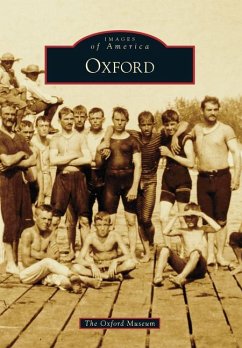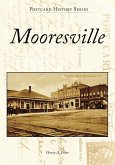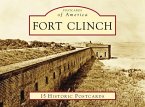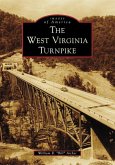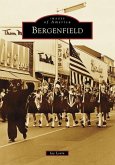Oxford, Maryland, is an exceptionally well-preserved waterfront community on the Eastern Shore of the Chesapeake Bay. Although Oxford has weathered wars, economic booms and busts, and shifting demographics since its colonial origins in the mid-17th century, many of its most distinguishing features--both natural and man-made--have survived. By the end of the 19th century, when photography was widespread in America, Oxford was growing from a sleepy backwater village into a bustling working-class town. Most residents made a living by harvesting and selling oysters and crabs or by working in the trades that supported that thriving industry. Schools, churches, and civic organizations expanded as families moved in. The year-round population, barely 300 in the 1870s, was over 1200 by 1910. That all changed by the end of World War II, as overfishing and marine diseases decimated the native oysters and shuttered local seafood businesses. Gradually, tourists and retirees discovered "quaint" Oxford. Recreational sailors replaced working watermen, and the seafood packing houses made way for waterfront restaurants. Today, Oxford remains undeniably picturesque, and just beneath the surface lies a deep and rich history.
Hinweis: Dieser Artikel kann nur an eine deutsche Lieferadresse ausgeliefert werden.
Hinweis: Dieser Artikel kann nur an eine deutsche Lieferadresse ausgeliefert werden.

